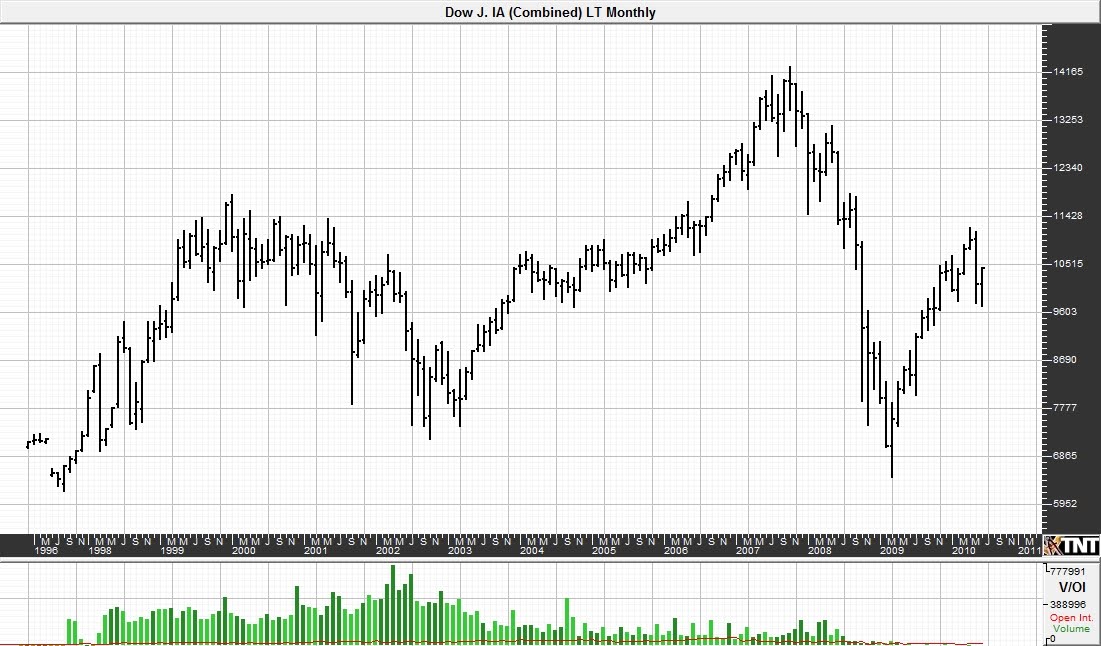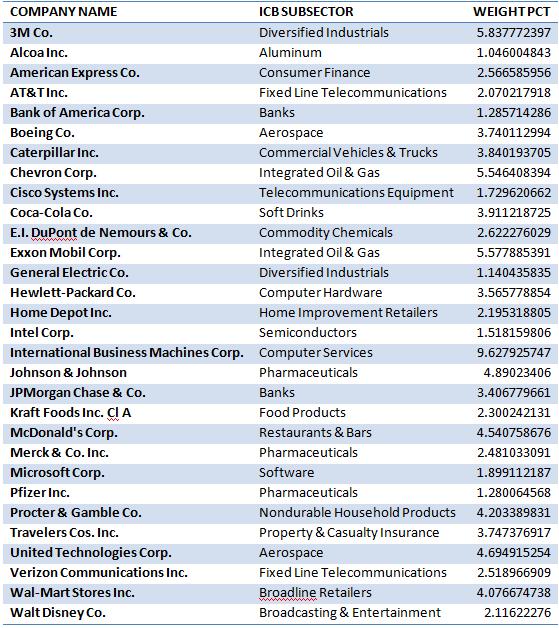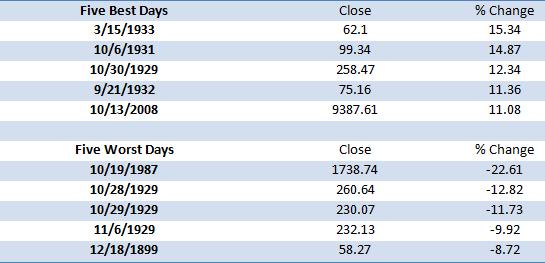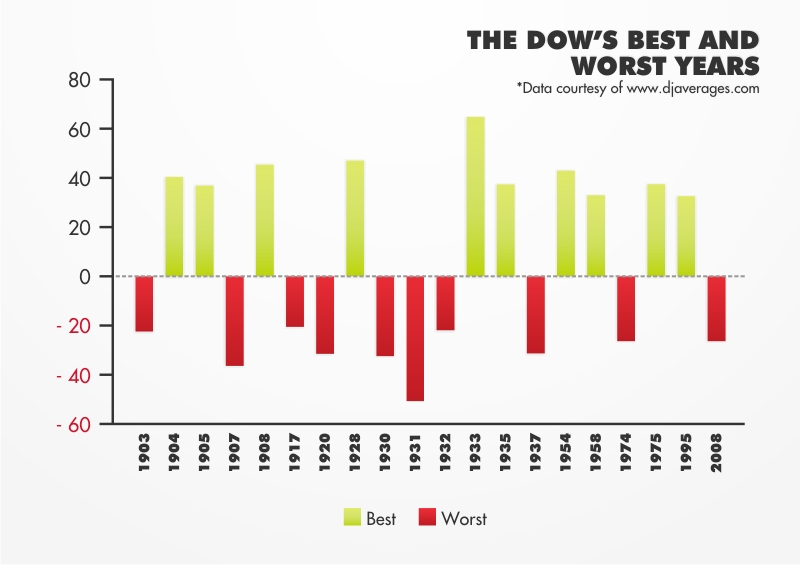traderkenny
Active member
- Messages
- 106
- Likes
- 4
The Learn About Futures Insider:
Dow Jones Industrial Average
Dow Jones Industrial Average
The Dow Jones Industrial Average (DJIA) is a widely recognized name in finance. Following his nineteenth-century roots in publishing, Charles Dow's first stock averages creation included nine railroads and two industrials. Today, the DJIA is an index of 30 companies. While exploring the history and components of the DJIA this newsletter will refer to specifications for the futures contract traded on the CME.
Contract Size: $10 x DJIA ($10) futures price
Tick Size: Minimum fluctuation is 1.00 index points=$10
Contract Months: March, June, September, December
Trading Specs: Trades open outcry and Globex (electronic) per the following schedule:
Electronic: Mon -Thurs: 3:30 p.m.-8:15 a.m. (daily maintenance shutdown from 4:30 p.m.-5:00 p.m.) Sun: 5:00 p.m.-8:15 a.m. Central Time
Open Auction: Mon-Fri: 8:30 a.m. -3:15 p.m. Central Time
Daily Price Limit: RTH: Successive 10%, 20%, 30% limits (downside only)
ETH (overnight): 5% up or down
Please consult exchange for additional details on limits.
Trading Symbols: DJ, ZD Globex

Past performance is not indicative of future results.
***chart courtesy of Gecko Software
DJIA Facts
The DJIA is a widely recognized stock market index and was named for Charles Dow and ones of his associates, Edward Jones. In the company's overview, it indicates that the DJIA serves "to provide a clear, straightforward view of the stock market and, by extension, the U.S. economy" as the thirty component companies represent a diverse group. The current components and their weights are:

On June of 2009, Cisco and Travelers replaced Citigroup and General Motors. Changes have been made historically most often due to mergers. Other reasons for changes include the shifts in technologies over time.
Although the term "industrial" contributes to the name, the DJIA is meant to represent the broad market. Former components include Goodyear, Sears Roebuck & Co, Bethlehem Steel, Woolworth, Eastman Kodak, Honeywell, and many other recognizable names.
Calculating the index involves totaling the component stocks' prices. The divisor for the average is not straightforward since it has to be adjusted to accommodate stock splits or other fundamental changes. This helps maintain continuity. The DJIA is often the subject of criticism since it is price-weighted and not all the components may be open for trading at the same time.
The worst and best days according to the DJIA website were as follows:

Past performance is not indicative of future results.
The worst and best years were as illustrated:

Past performance is not indicative of future results.
Key Uses
As a benchmark index, the DJIA can be used by fund managers, speculators, analysts and rating companies as a performance standard against which they can compare their own performance or the performance of others. The DJIA futures contract has also been used to accommodate a range of both speculator and hedger trading strategies.
Key Concerns
For the futures contract on the DJIA, the commonly watched factors which may affect trade include economic reports or events. This may include the following:
* Retail Sales
* Unemployment Claims
* Personal Income
* PPI
* CPI
* New Home Sales
* FOMC Meetings & Member commentaries
In addition to weekly and monthly reports, corporate earnings and activities such as mergers and acquisitions may affect price and volatility. There are nearly countless national and global events that can be considered in relation to how they may affect member shares and the overall index value.
_______________________________________________________________________________________
Disclaimer: There is a substantial risk of loss in futures trading and it is not suitable for all investors. Losses can exceed your account size and/or margin requirements. Commodities trading can be extremely risky and is not for everyone. Some trading strategies have unlimited risk. Educate yourself on the risks and rewards of such investing prior to trading. Futures Press Inc., the publisher, and/or its affiliates, staff or anyone associated with Futures Press, Inc. or www.learnaboutfutures.com, do not guarantee profits or pre-determined loss points, and are not held monetarily responsible for the trading losses of others (subscribers or otherwise). Past results are by no means indicative of potential future returns. Fundamental factors, seasonal and weather trends, and current events may have already been factored into the markets. Options DO NOT necessarily move lock step with the underlying futures contract. Information provided is compiled by sources believed to be reliable. Futures Press, Inc., and/or its principals, assume no responsibility for any errors or omissions as the information may not be complete or events may have been cancelled or rescheduled. Any copy, reprint, broadcast or distribution of this report of any kind is prohibited without the expressed written consent of Futures Press, Inc.
